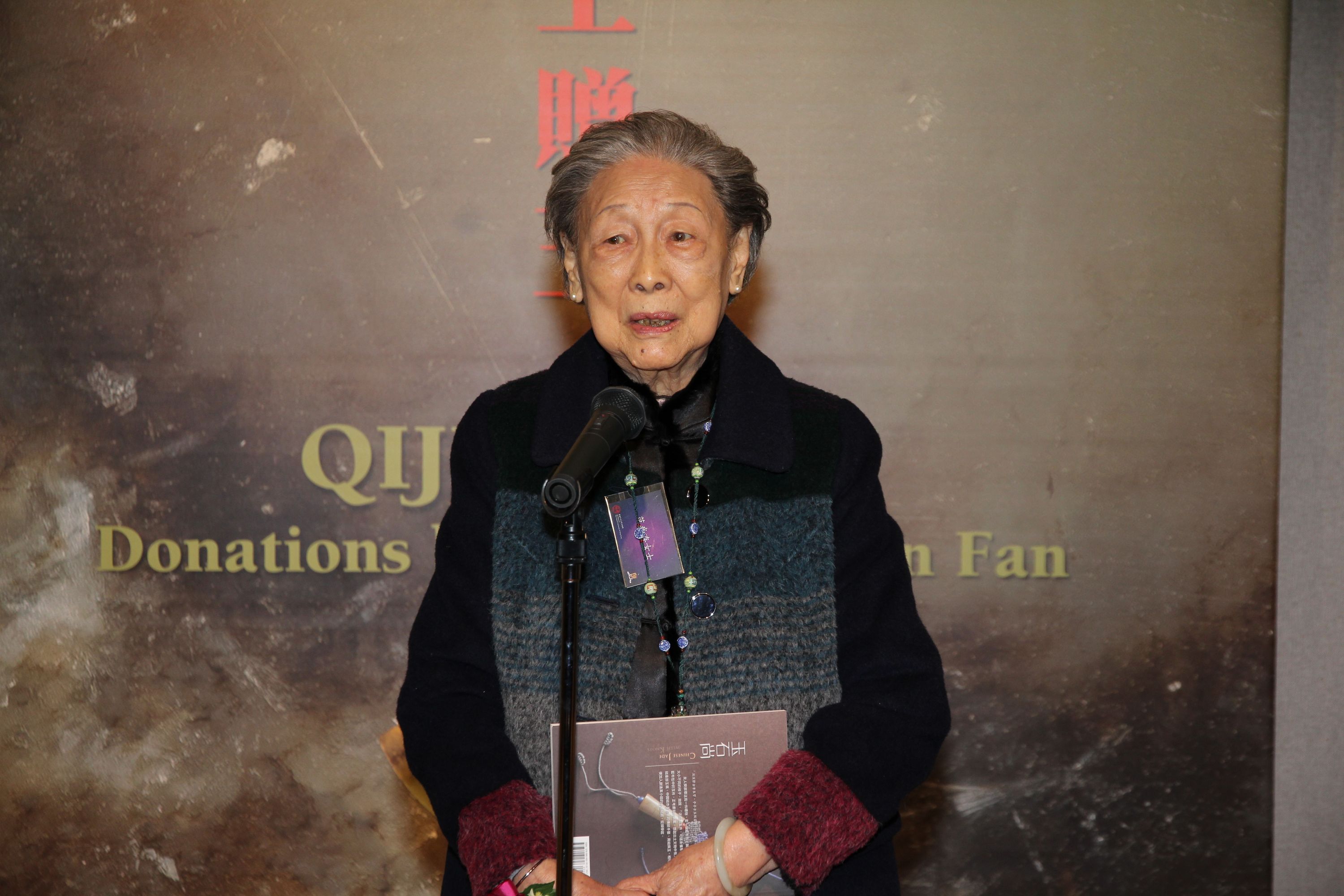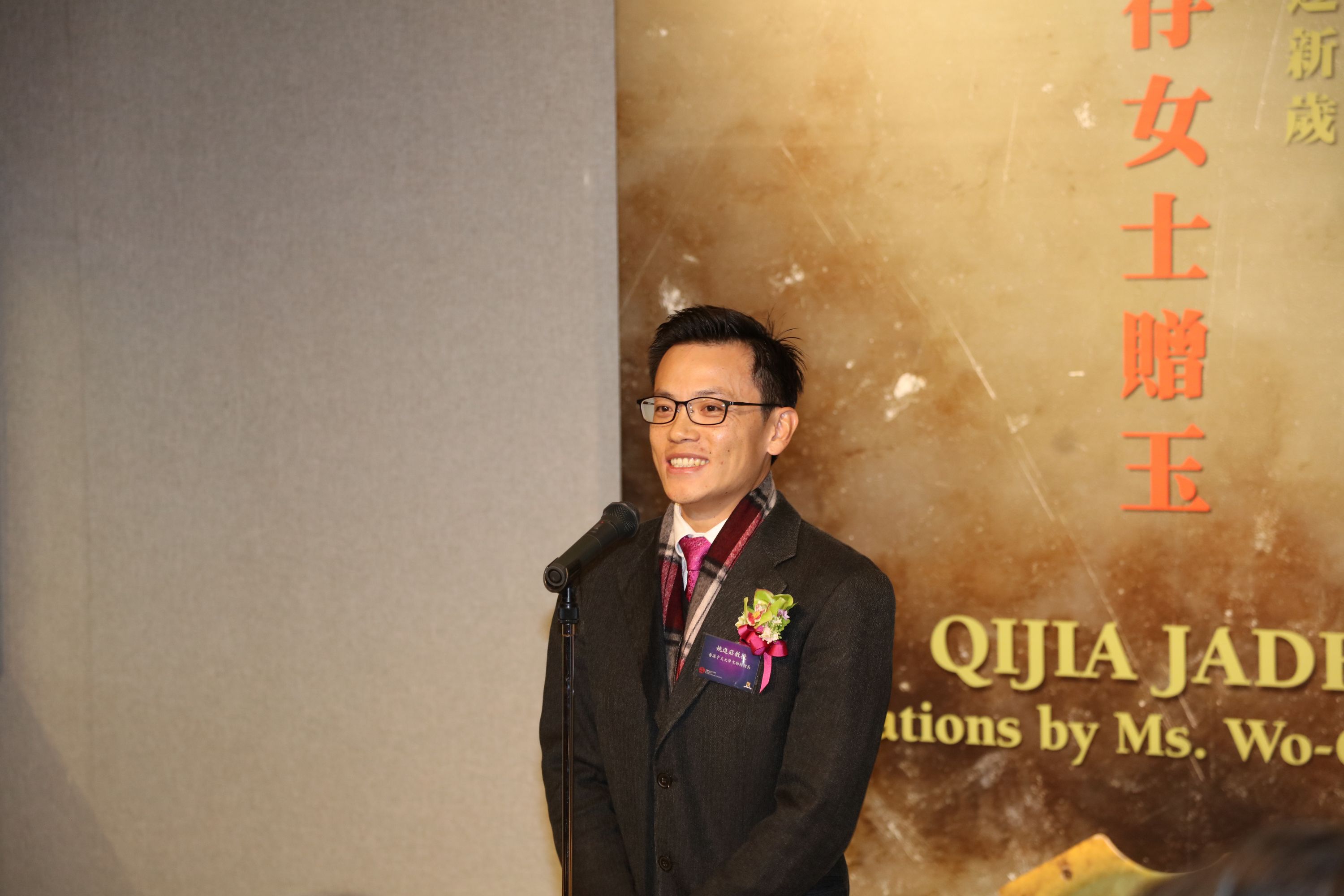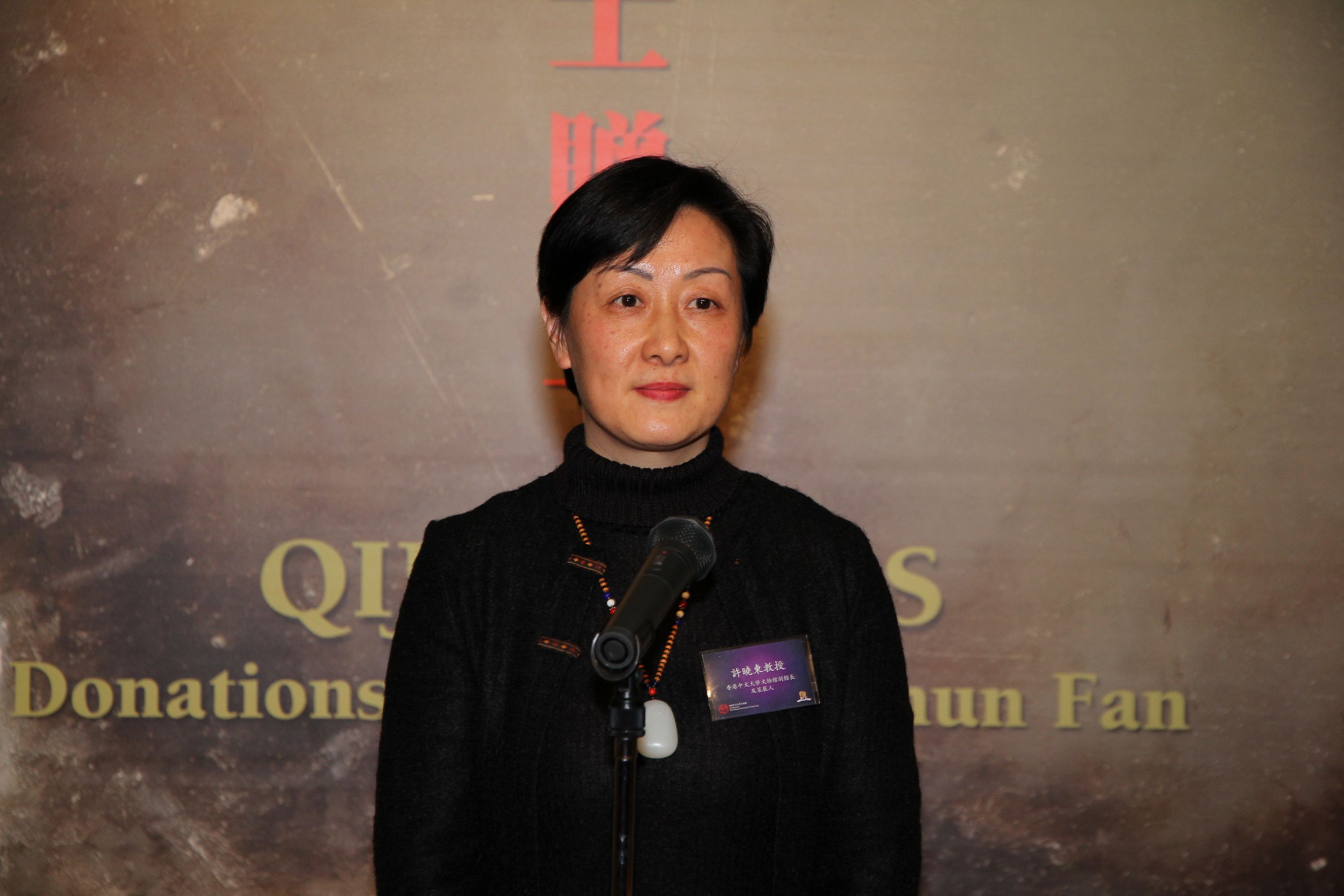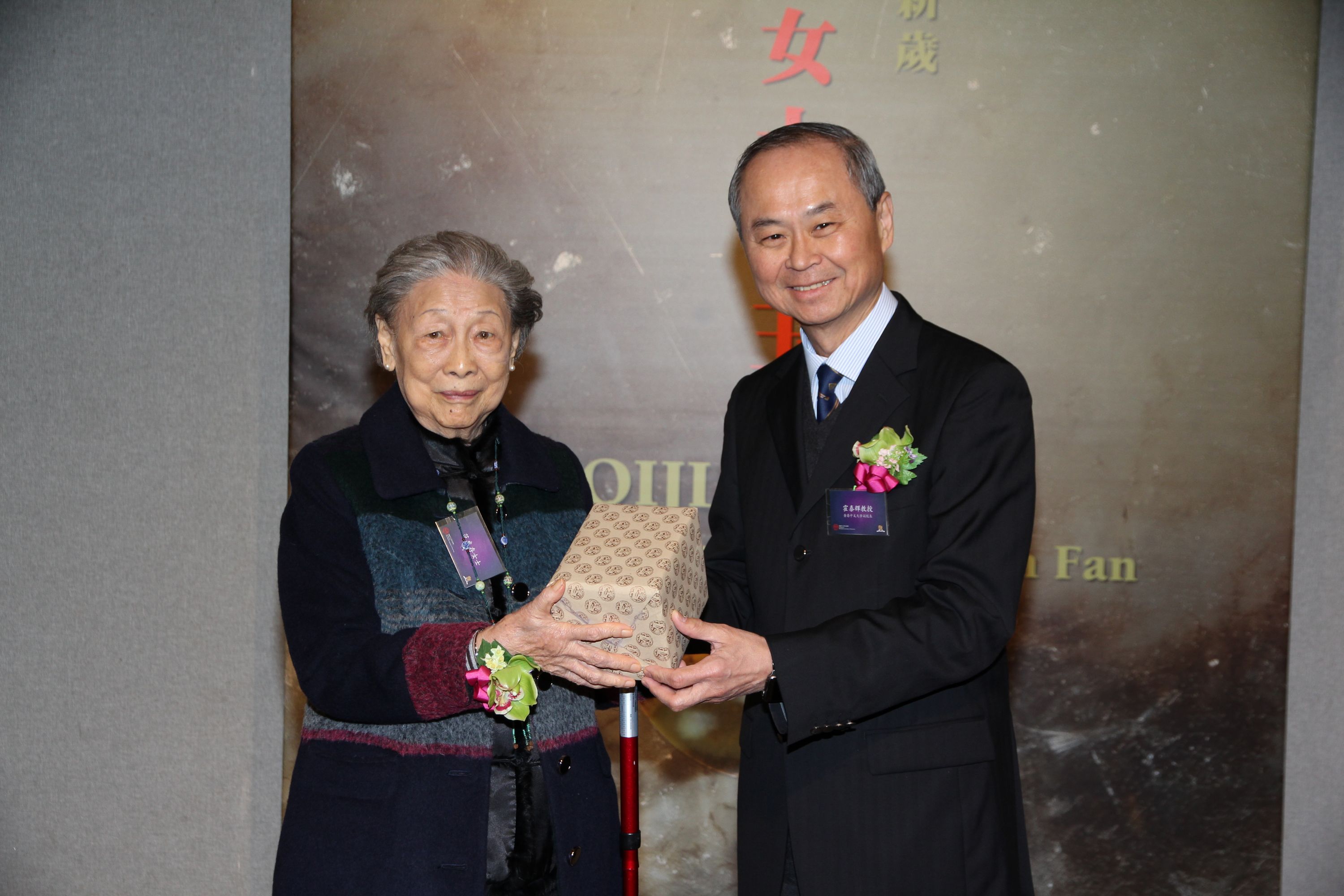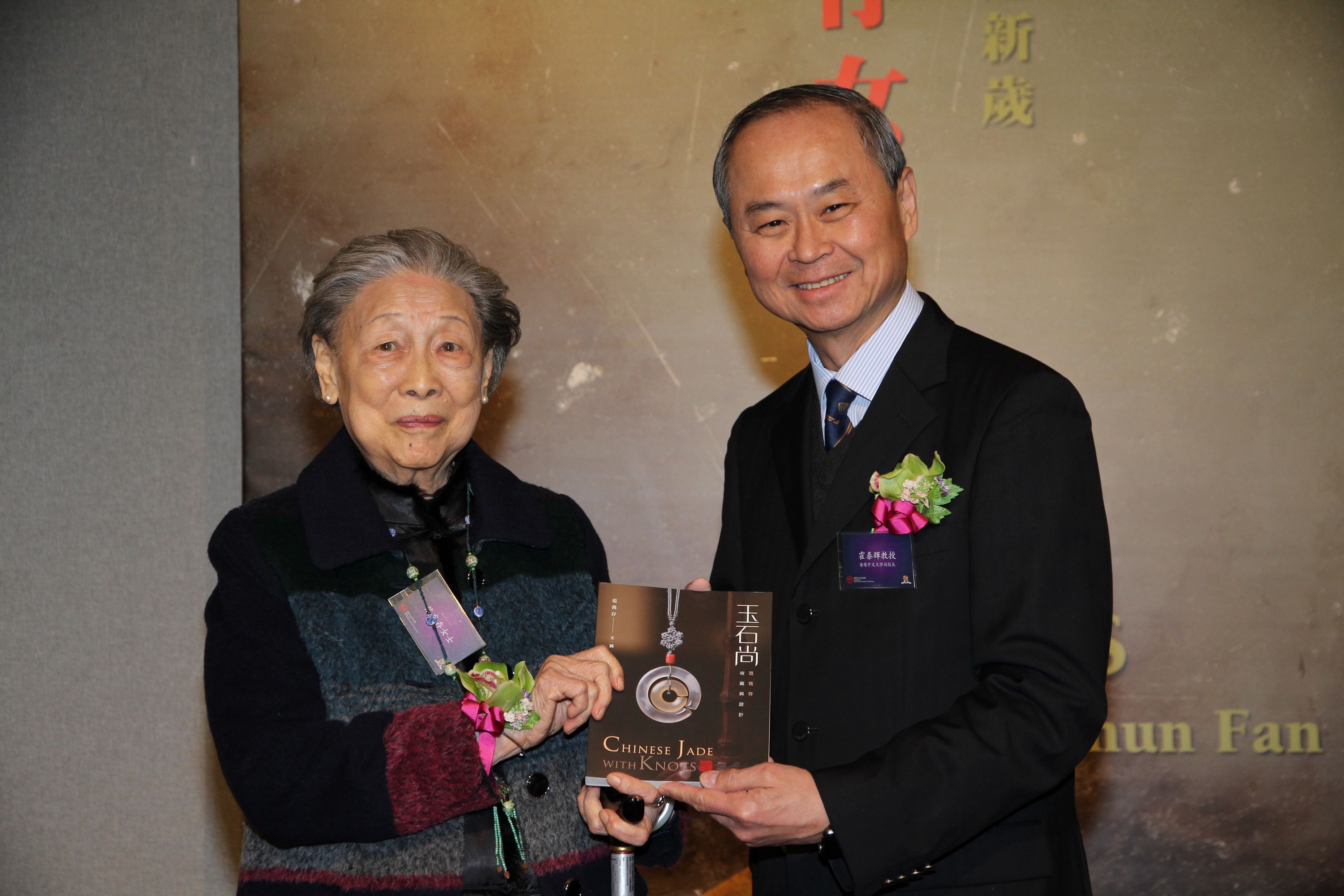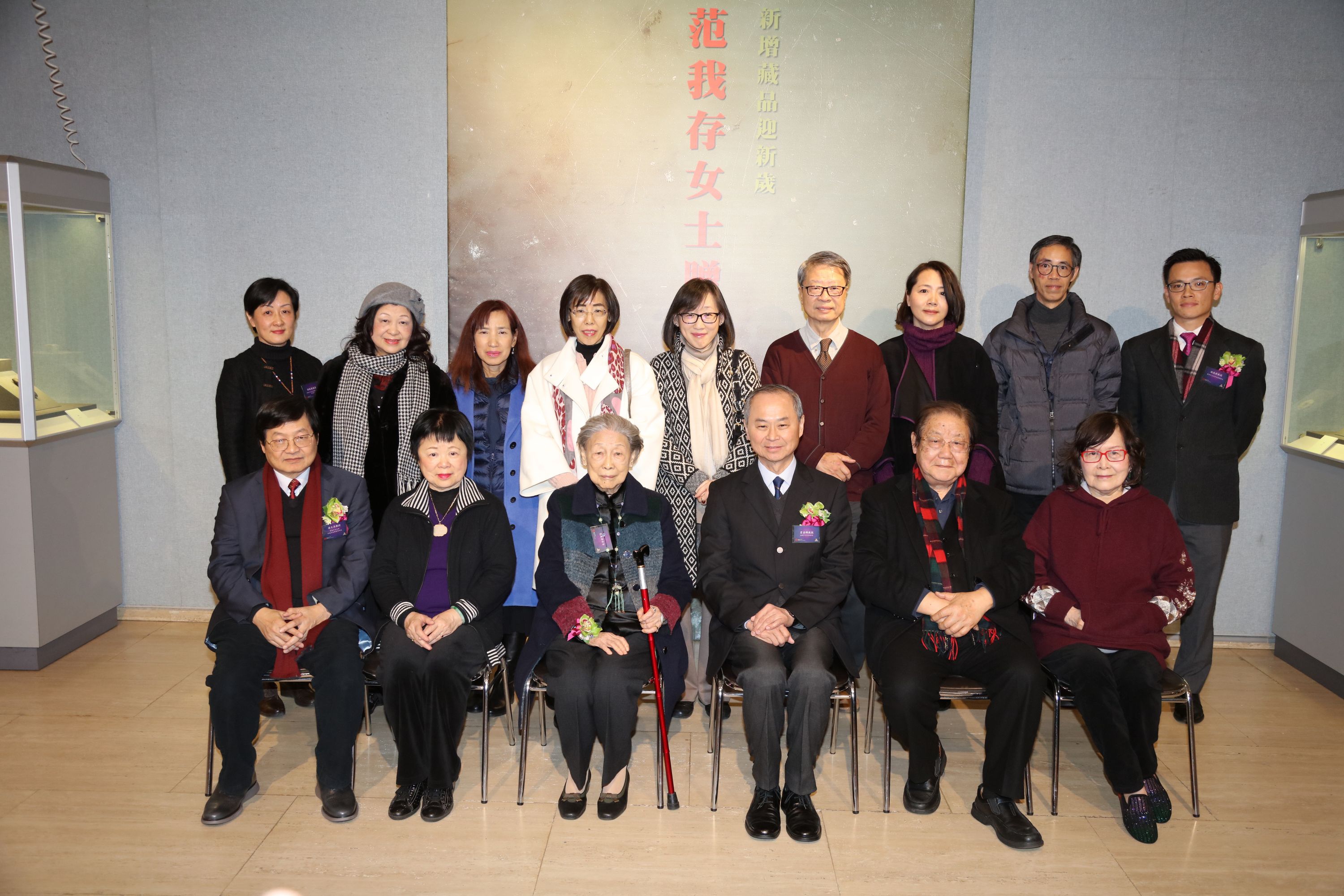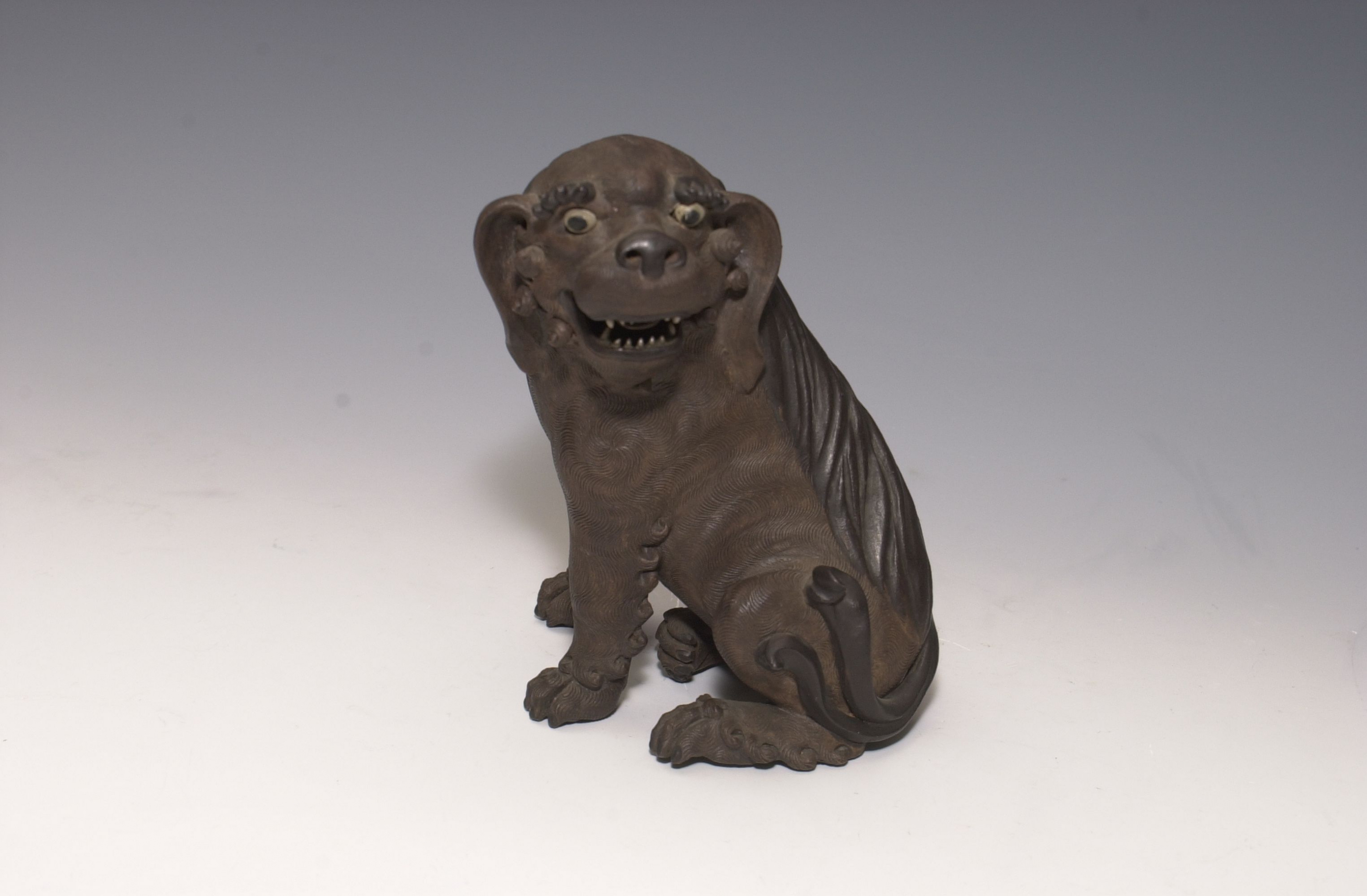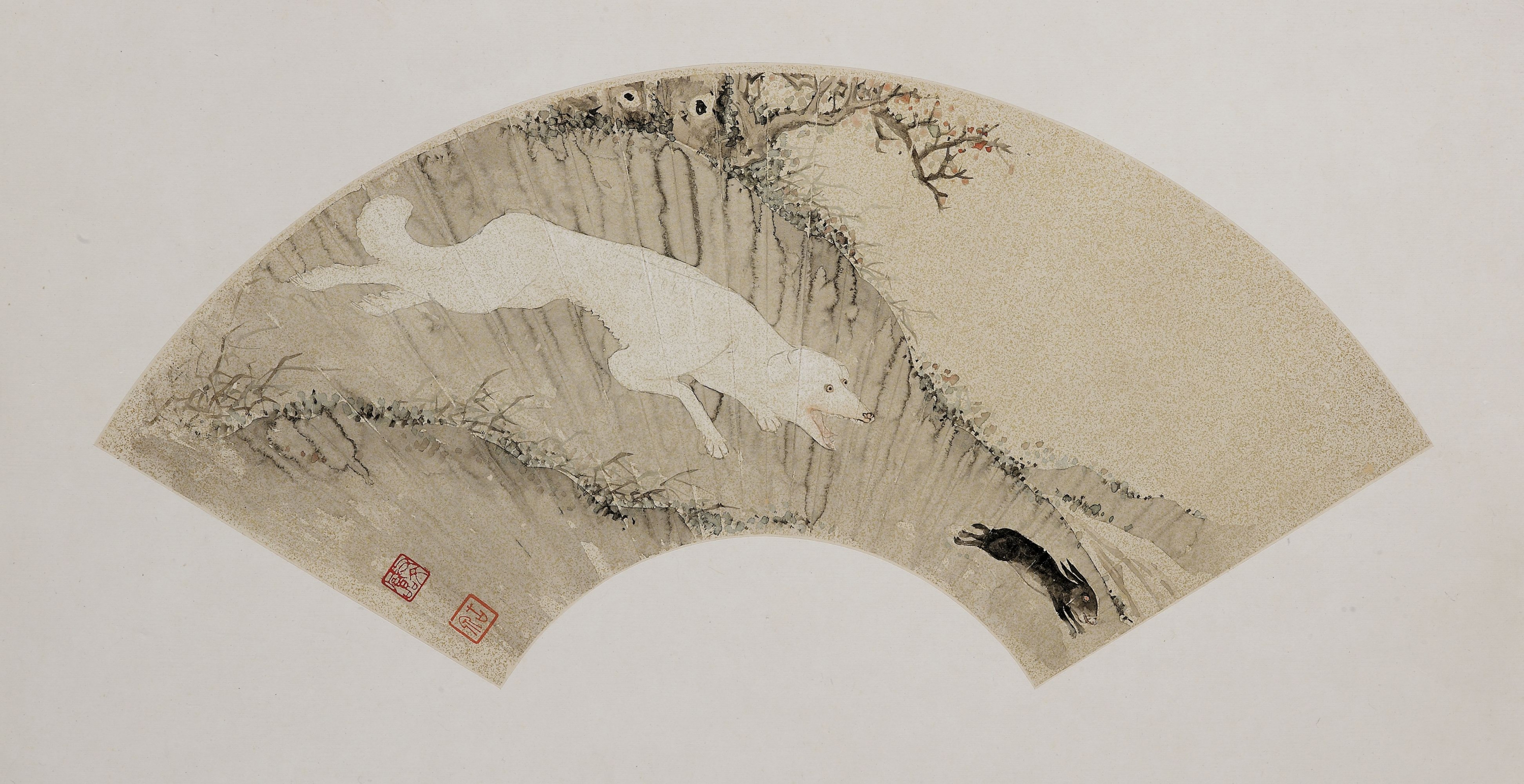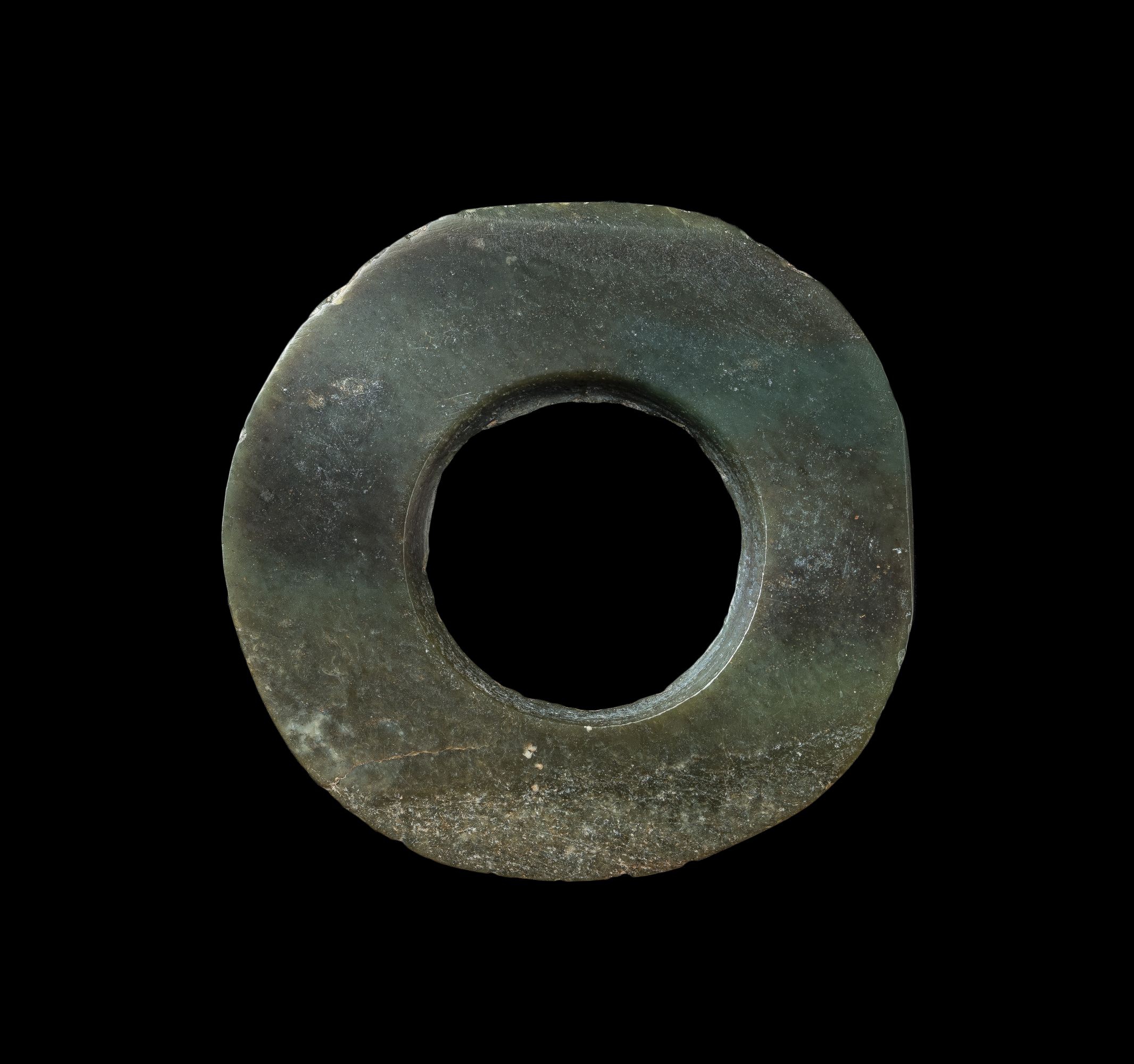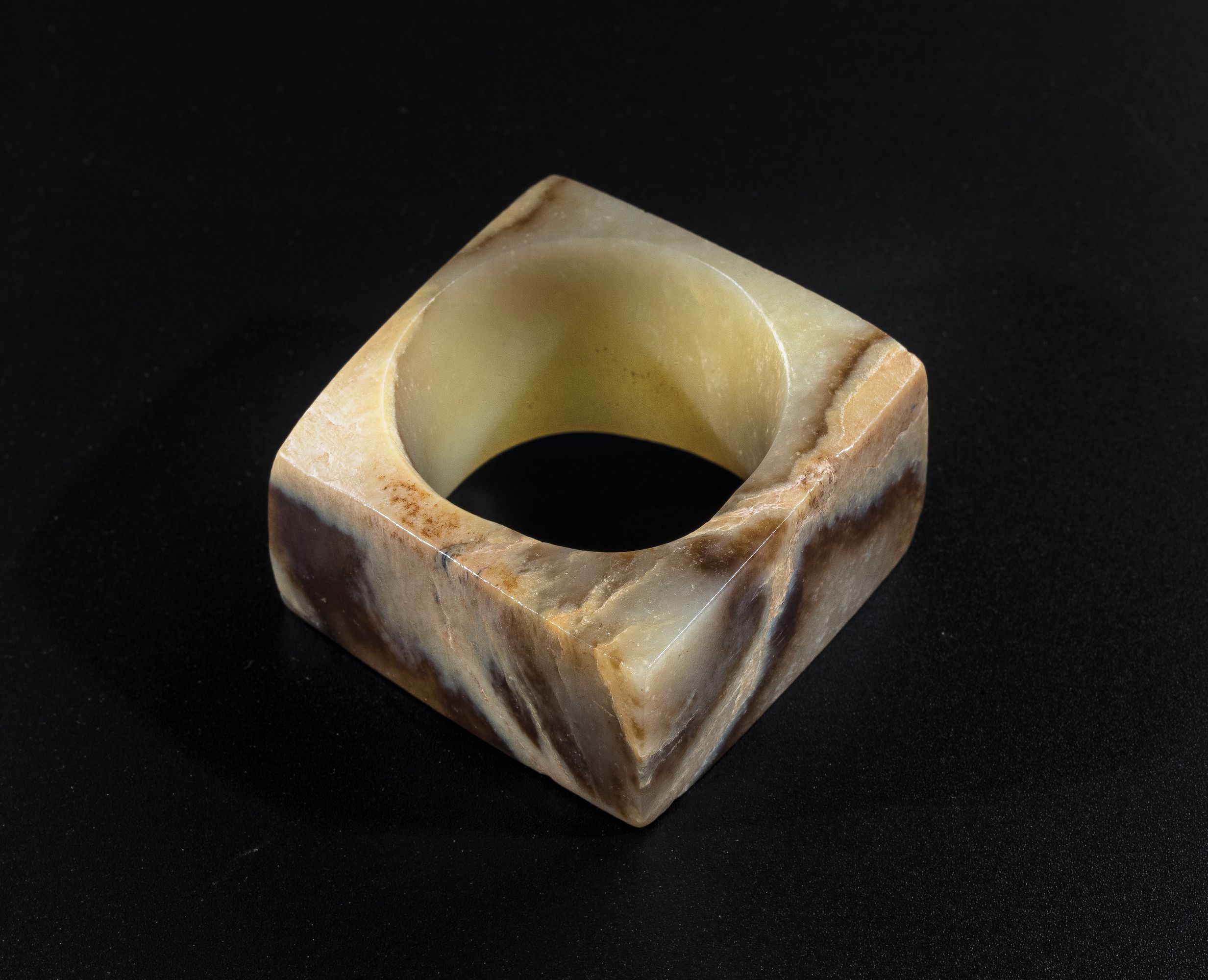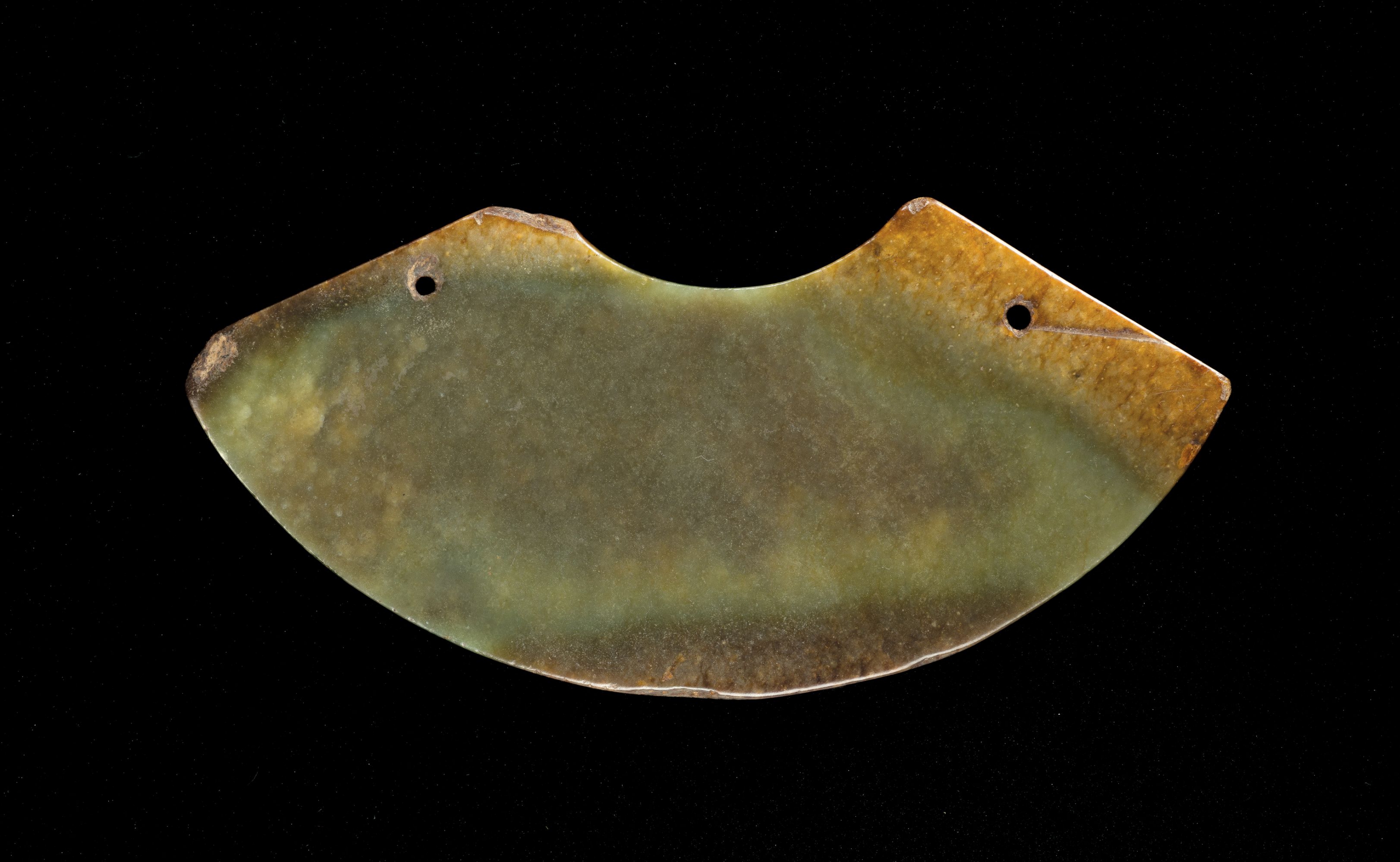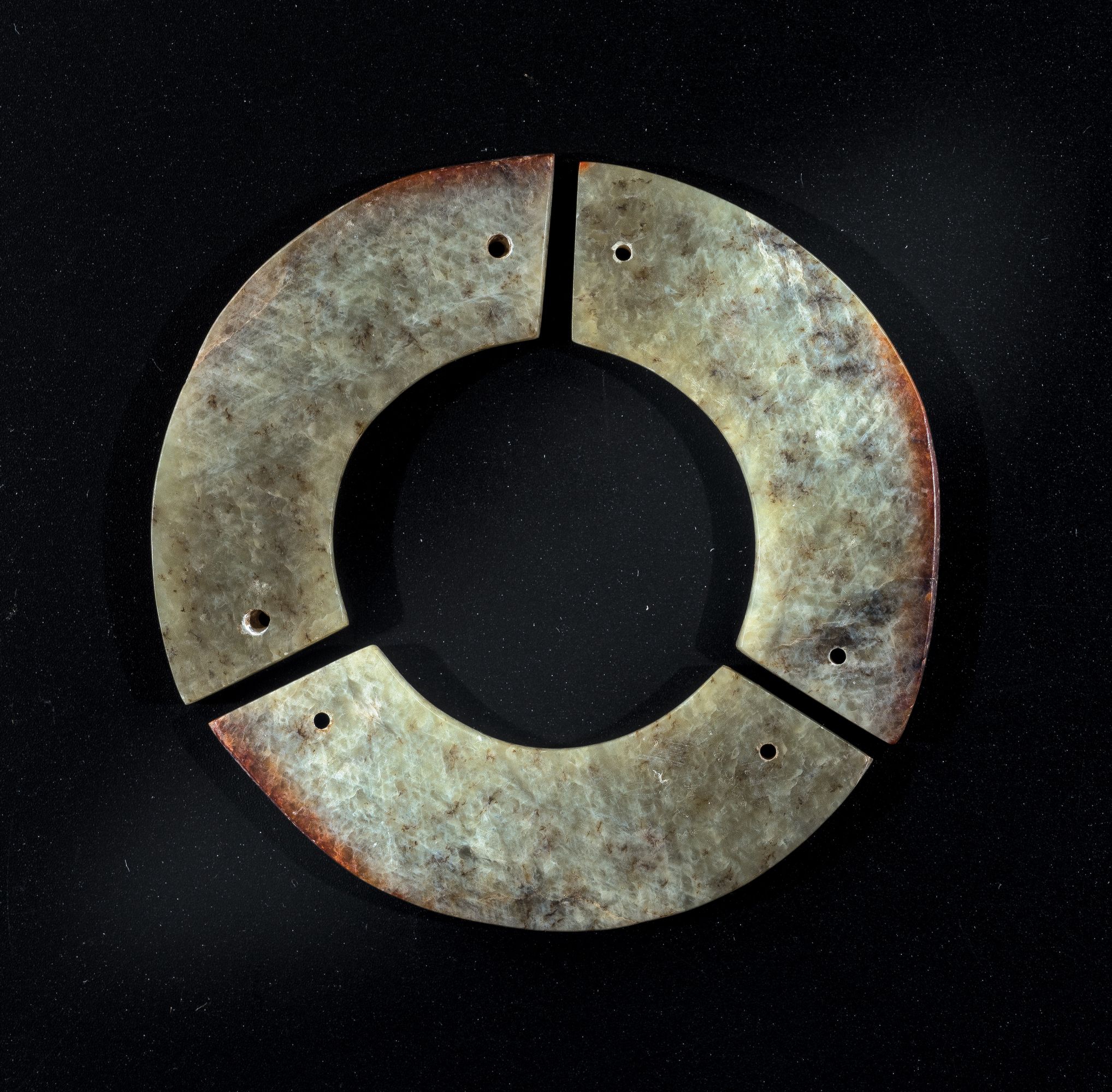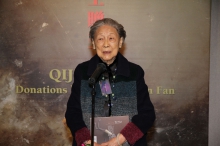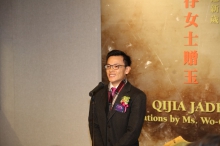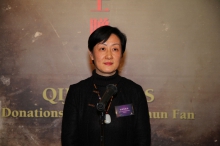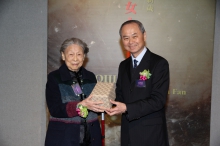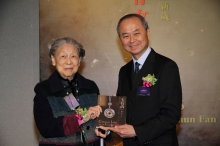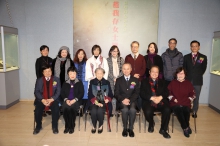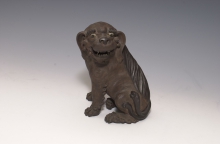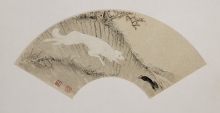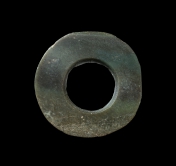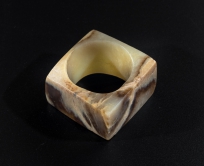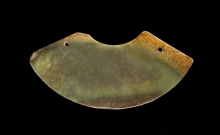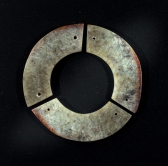CUHK
News Centre
Double Happiness on the Celebration of the Chinese New Year CUHK Art Museum Presents Two Exhibitions: Woof: Here comes the Dog and Qijia Jades: Donations by Ms. Wo-Chun Fan
To celebrate the arrival of the Year of the Dog, the Art Museum of The Chinese University of Hong Kong (CUHK) will present two exhibitions, namely Woof: Here comes the Dog and Qijia Jades: Donations by Ms. Wo-Chun Fan from 2 February to 11 March 2018.
Woof: Here comes the Dog
In the Chinese astrology, 2018 is the Year of the Dog. The dog is the first domesticated species in human history, and the only one before settled agriculture was developed. Thus, dog can be said to be man’s first friend. In Chinese history, the dog is integral to various aspects of people’s daily lives, such as home guarding, hunting, as well as performing companionship and entertainment. Abundant themes and works on the dog are found in Chinese art and literature. Aiming to demonstrate the story of dogs in Chinese culture and history, this exhibition features over ten artifacts from the Warring States period to modern China, taken from the Art Museum and the Hong Kong private collections. Artistry aside, the Art Museum, together with a group of CUHK students, is going to explore the dog culture through a series of interesting activities.
Qijia Jades: Donations by Ms. Wo-Chun Fan
The donation ceremony for the exhibition of Qijia Jades was held today (2 February). The officiating guests included Ms. Wo-chun FAN; Prof. Fok Tai-fai, Pro-Vice-Chancellor / Vice-President, CUHK; Prof. Leung Yuen-sang, Director of the Institute of Chinese Studies, CUHK; Prof. Yiu Chun-chong Josh, Director of the Art Museum; and Prof. Xu Xiaodong, Associate Director of the Art Museum, CUHK.
The donations of Qijia jades by Ms. Wo-Chun Fan not only enrich the collection at the Art Museum, they also make the Art Museum one of the few public institutions housing important jades of Qijia culture constituting a remarkable development in the study of prehistoric archaeology. Qijia jades are one of the representatives of prehistoric Western China jades, paralleling the jade culture in Hongshan and Liangzhu of Eastern China. Typical Qijia jades include bi, cong and bi formed by multiple huang. The surface of Qijia jades is mostly plain without any decorative motif. Generally, local jade materials were used. This exhibition showcases 32 pieces of jade and stone donated by Ms. Fan for the permanent collection of the Art Museum, CUHK.
During the exhibition, the Art Museum will display the new book by Ms. Fan, Chinese Jade with Knots. The book features over 60 pieces of Chinese jades, from the collection of Ms. Fan, who enjoys knotting the Chinese jades to give them new meanings. With the text and the art of knotting the Chines jades by Ms. Fan, the book demonstrates how the contemporary life can embrace antiques.
Details of the exhibitions are as follows:
| Date: | 2 February 2018 – 11 March 2018 |
| Venue: | Gallery I, Art Museum, The Chinese University of Hong Kong |
| Opening Hours: |
Mondays to Wednesdays, Fridays and Saturdays: 10:00 a.m. – 5:00 p.m. |
| Enquiries: | 3943-7416 |
Attachment: Highlighted exhibits
Prof. Fok Tai-fai, Pro-Vice-Chancellor/Vice-President, CUHK (right) presents a souvenir to Ms. Wo-chun Fan.
Unglazed Lion Dog Early 20th century, attributed to Huo Jin Shiwan kiln ware of Foshan, Guangdong province Gift of Bei Shan Tang Art museum collection Acc. no. 1981.0065 The Lion dog, also known as Pekingese, is a Chinese ancient breed of small toy dog. This unglazed lion dog came from the Shiwan kiln of Foshan, Guangdong province, whose body was made from the local red clay, with dark brown glaze painted in places like eyes and nose. The sculpture is livened up by its turning head, opening mouth, as well as the impressed fine coat of hair. An elliptical mark on the neck denotes that it is made by the hunchback potter Huo Jin of Shiwan during republic China.
Hound Hunting Rabbit Ju Lian (1828—1904) Folding fan, ink and colour on gold-flecked paper Gift of Mr. Ho Iu-kwong, Mr. Fok Bo-choi, Mr. Li De and others Art museum collection Acc. no. 1973.0324 The long leg and slim belly give great speed and agility to the sighthound, which make it possible to chase preys like rabbit. This uncommon scenario of hound’s hunting was captured by a Late-Qing Cantonese painter Ju Lian, who mostly painted plants and animals in albums and on fans. The painting was done in Ju’s famous techniques called “boneless (no outline)” and “break-in (i.e. dashing water against a moist surface)”.
Jade bi Acc. no. 2017.0067 Made from pale green jade with black patches, the bi had an irregular outer perimeter, showing that it had been polished to get rounder from a square shape. The bore hole was drilled from one side.
Jade cong Acc. no. 2017.0072 Pale green jade with caramel-coloured striations was common raw material of Qijia jades. Jade cong of Qijia culture had a large circular hole in the centre and thin walls with a slightly convex surface, unlike that of Liangzhu culture.
Jade huang Acc. no. 2017.0086 A greenish piece with beautiful yellow and brown stains. The effect was caused by the unpolished rock coating retained at the edges of the piece by the Qijia jade craftsmen.


